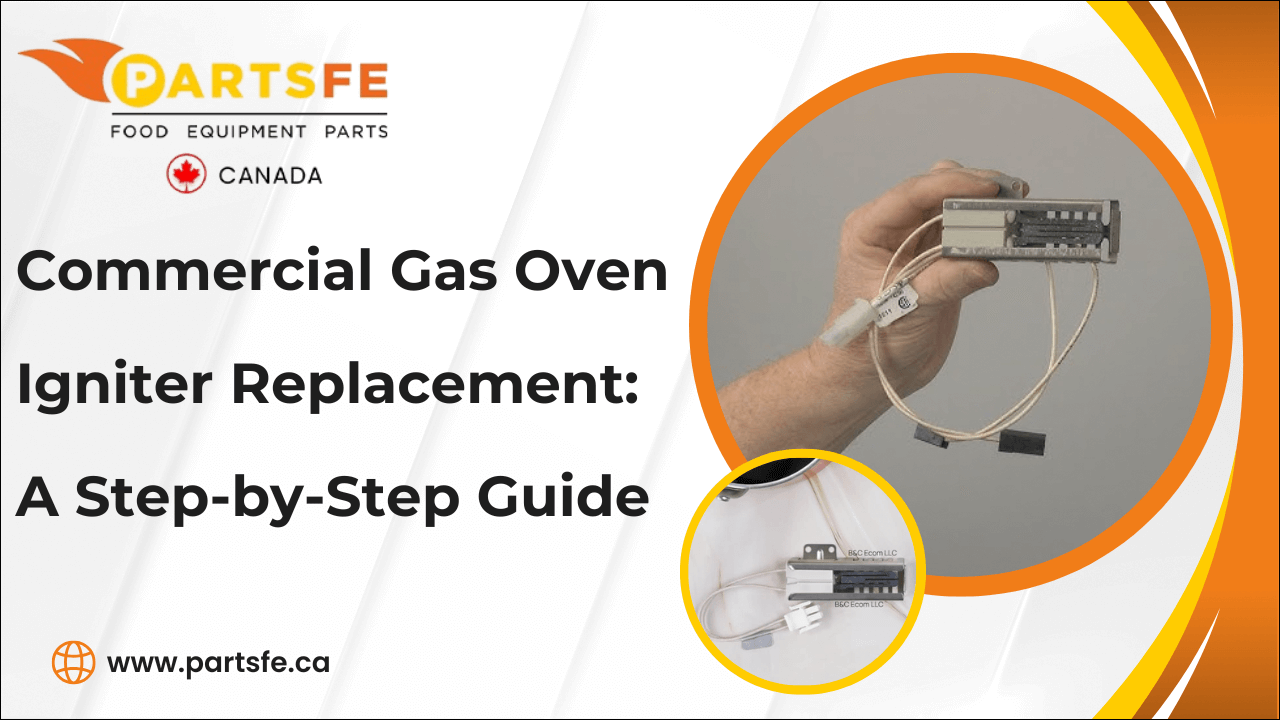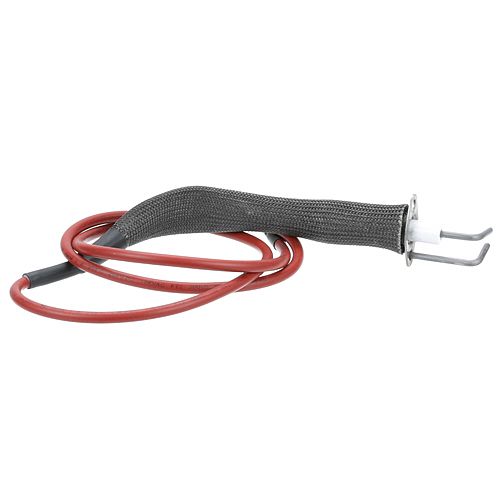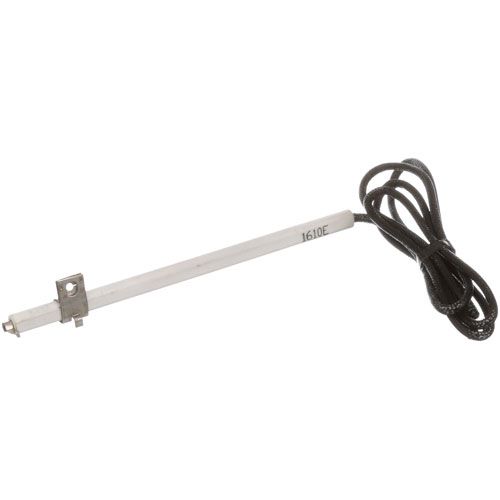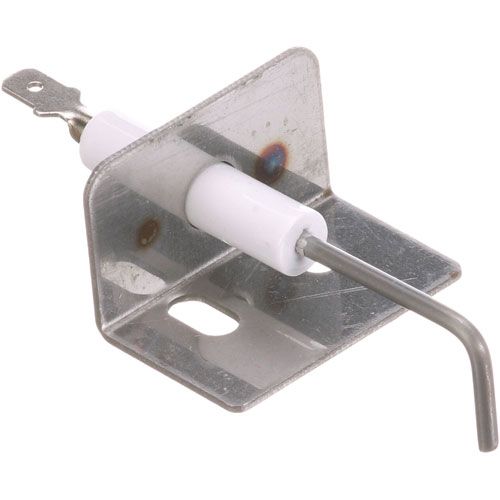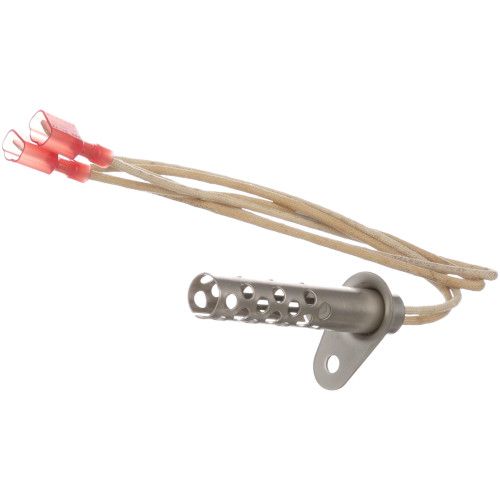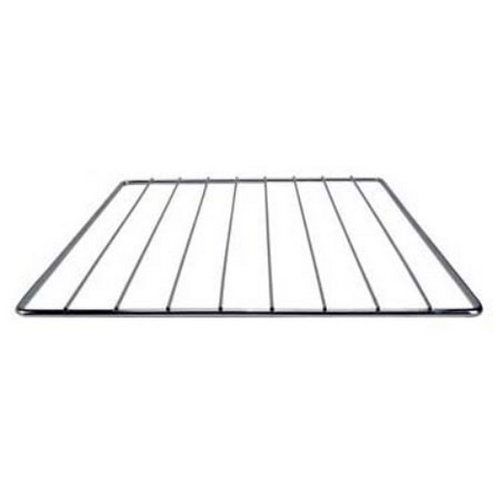Commercial Gas Oven Igniter Replacement: A Step-by-Step Guide
In a high-pressure commercial kitchen environment, every minute of downtime can mean lost revenue and unhappy customers. When your gas oven igniter fails, your entire cooking operation could come to a halt. While this small part may seem insignificant compared to the heavy-duty appliances in your kitchen, the igniter is crucial for consistent performance and safety. This detailed guide will walk you through the function of an igniter, common signs and causes of failure, the tools and safety gear you need, a clear process for replacement, and preventative strategies to avoid future issues. Whether you're a restaurant owner, kitchen manager, or maintenance professional, this guide will empower you with the knowledge to handle gas oven igniter replacement confidently and safely.
Understanding the Role of an Igniter in a Commercial Gas Oven
Before diving into diagnostics and repairs, it's important to understand the function of the igniter. So, how does a gas oven igniter work?
In most commercial ovens, the igniter is part of the ignition system that lights the gas to produce heat. In general, igniters come in two varieties:
-
Hot Surface Igniters (HSI): These are the most common in modern commercial ovens. They glow red hot and ignite the gas when an electric current passes through them.
-
Spark Igniters: These generate a spark to light the gas, similar to a spark plug in a car.
When your oven is turned on, the igniter begins heating up. Once it reaches a high enough temperature (usually around 1,800°F), it opens the gas valve and ignites the gas. If the igniter doesn’t heat up properly or fails to ignite the gas, you’ll face a gas oven not heating situation.
So, when the oven igniter not working becomes a reality, you’re left with an unusable oven and a kitchen in chaos. That’s why timely replacement is essential.
Looking to replace your commercial gas oven igniter parts quickly and affordably? PartsFeCA is your trusted source for high-quality replacement parts, offering fast shipping and competitive prices. Choose from top brands like Vulcan, Garland, and Southbend, and get reliable parts such as oven igniters, thermocouples, and safety valves to keep your kitchen running smoothly.
Common Causes of Igniter Failure in Commercial Ovens
Igniter failure is a common issue in commercial kitchens and often one of the first problems to surface due to the component's continuous use. Below are some of the most common reasons for igniter failure:
-
Normal Wear and Tear: The majority of igniters have a short lifespan. Wondering how long gas oven igniters last? Typically, they’ll last between 3 to 5 years, but in a busy kitchen that runs ovens 12–16 hours a day, the lifespan may be shorter.
-
Electrical Surges: Fluctuations in the electrical supply or sudden surges from the power grid can damage the igniter’s heating element or internal circuitry, causing early failure.
-
Grease and Contaminants: Igniters are often located in greasy, food-splattered environments. Over time, this buildup can coat the igniter and reduce its ability to heat or spark, contributing to faulty oven igniter symptoms like delayed ignition or total failure.
-
Thermal Damage: The igniter operates in extreme heat. Prolonged exposure, especially during continuous oven cycles, can degrade the ceramic or metal components, causing cracks or burnout.
-
Improper Installation or Part Quality: Using cheap, off-brand replacement parts could shorten the igniter's lifespan and performance. Inaccurate installation can also cause poor contact or early burnout.
Recognizing these root causes can help you troubleshoot and avoid recurring igniter issues in your commercial appliance repair schedule.
Check out this guide on how to fix a broken heating element in a commercial oven to better understand related issues and keep your equipment operating at peak efficiency.
Tools and Safety Gear You’ll Need Before Starting
Before attempting a gas oven igniter replacement, gather your tools and make safety your priority. Remember: you're working with both gas and electricity.
Tools Checklist:
-
Phillips and flat-head screwdrivers
-
Nut drivers (typically 1/4" or 5/16")
-
Needle-nose pliers
-
Multimeter (for continuity testing)
-
Flashlight or headlamp
-
Replacement gas oven igniter
Safety Gear:
-
Heat-resistant gloves
-
Safety goggles
-
Long-sleeved shirt
-
Face mask (especially if dealing with a dirty oven interior)
Safety Steps:
-
Disconnect power at the breaker box to ensure the unit is completely off.
-
Shut off the gas supply, usually located behind or beneath the oven.
-
Let the oven cool completely before starting. Even recently turned-off ovens can retain heat that causes burns.
Professional technicians doing commercial oven service often recommend creating a clean, well-lit workspace and keeping a fire extinguisher nearby as an added precaution.
How to Replace a Commercial Gas Oven Igniter
If you're experiencing faulty oven igniter symptoms like a clicking sound with no ignition or the oven staying cold, it's time to inspect and replace the igniter. Here's how to do it:
Step 1: Access the Igniter
Remove the oven racks and unscrew the oven floor panel. It may also be necessary to remove the flame spreader from certain ovens. Usually, the igniter is installed adjacent to the burner tube.
Step 2: Disconnect the Old Igniter
-
Carefully disconnect the wires. Some models use a quick connector, and others may be hard-wired with ceramic wire nuts.
-
Remove the screws securing the igniter to the burner.
Tip: Take a photo before removing anything. This will help ensure correct reassembly.
Step 3: Test the Old Igniter (Optional)
Use a multimeter to test for continuity. If the circuit is open (no reading), it confirms that the igniter has failed.
Step 4: Install the New Igniter
-
Avoid touching the surface of the new igniter with your bare hands and use gloves or hold it by the ceramic base.
-
Reattach the wires precisely as before, then mount the new igniter in the same spot as the previous one.
Step 5: Reassemble the Oven
Replace the flame spreader and bottom panel. Double-check that no wires are pinched or touching metal surfaces.
Step 6: Restore Power and Gas
Turn the gas valve and circuit breaker back on. To ensure that the oven lights up correctly and the igniter glows, run a test cycle.
If the oven ignites normally and begins heating, your commercial oven repair job is done successfully.
Check out how to replace your oven thermostat to keep your oven running smoothly.
Tips for Preventing Future Igniter Issues in Commercial Ovens
Once your gas oven igniter is up and running again, the next goal is to make sure it stays that way. Follow these maintenance tips to extend the life of your igniter and improve your oven's overall performance:
-
Schedule Monthly Cleaning: Avoid grease and debris buildup in and around the burner and igniter area. Use gentle cleaners and avoid spraying chemicals directly near the igniter.
-
Check Ignition Time: Within 30 to 60 seconds, a healthy igniter should fire the burner. If it starts taking longer, that’s an early warning sign of a weakening igniter.
-
Have Spare Parts on Hand: Especially in high-volume kitchens, it’s wise to keep at least one backup igniter in stock. In case of a malfunction, this reduces downtime.
-
Invest in Quality Components: Use manufacturer-approved or OEM commercial oven parts. Lower-cost third-party components often don’t meet the same durability standards.
-
Regular Professional Maintenance: Hire a licensed technician annually to perform a full commercial oven service checkup. They'll inspect wiring, gas flow, thermostats, and other parts, catching small issues before they turn into big ones.
Check out this ultimate guide on how to clean your TurboChef oven to ensure optimal performance and prevent future igniter issues.
When your oven igniter is not working becomes more than a minor inconvenience; it can quickly escalate into lost productivity and revenue. But with the right tools, knowledge, and safety steps, replacing a gas oven igniter doesn’t have to be a daunting task. Understanding how to replace a gas oven igniter helps you minimize downtime and ensures your kitchen operations continue running smoothly. From recognizing faulty oven igniter symptoms to executing a safe replacement and developing a preventive maintenance routine, this guide equips you with everything you need.
If at any point you're unsure, don't hesitate to call in a commercial appliance repair expert. It’s better to invest in professional help than risk damage or injury.
FAQs
How often does an oven igniter need to be replaced?
Typically, gas oven igniters last between 3 to 5 years. In high-use kitchens, you may need to replace them every 2–3 years as part of regular commercial oven service.
What causes oven igniter failure?
Igniter failure can be caused by excessive heat, age, grease buildup, electrical surges, or low-quality parts. Recognizing these factors early helps avoid full igniter burnout.
Can you replace the oven igniter yourself?
Yes, if you have basic mechanical skills and follow safety protocols. However, if you're unsure or dealing with a larger appliance, it’s safer to call a commercial appliance repair technician.
Why is my commercial oven not igniting?
A commercial gas oven may fail to ignite due to a broken igniter, a faulty gas valve, or control board issues. Checking the igniter first is usually fastest.

